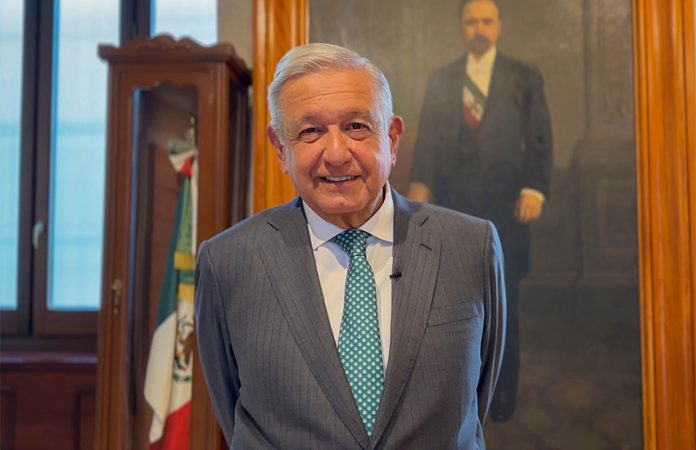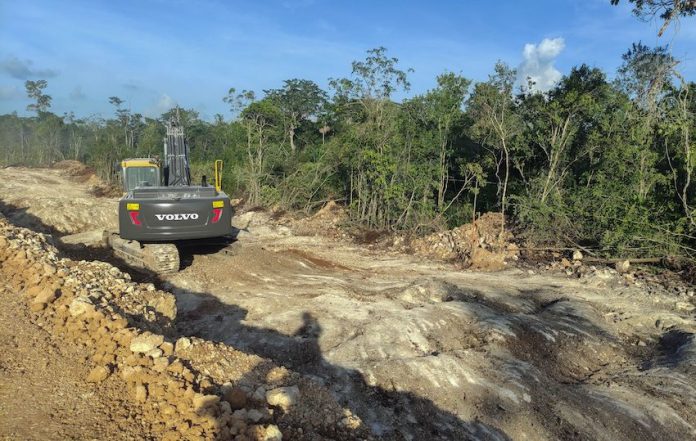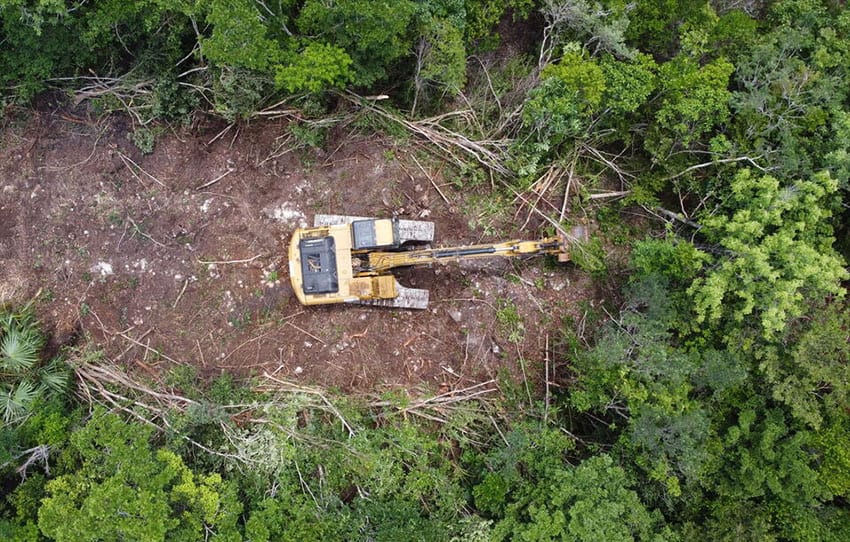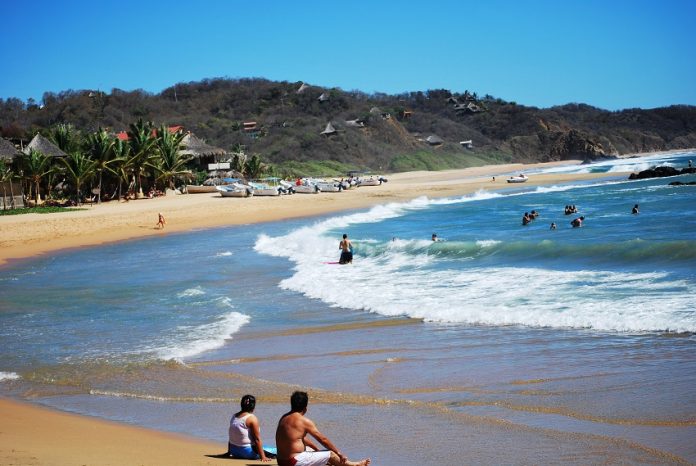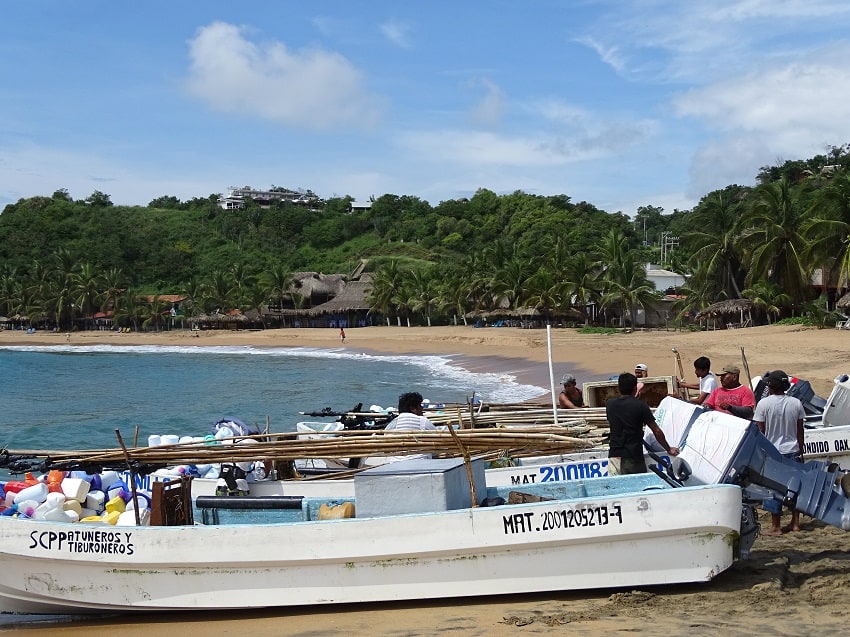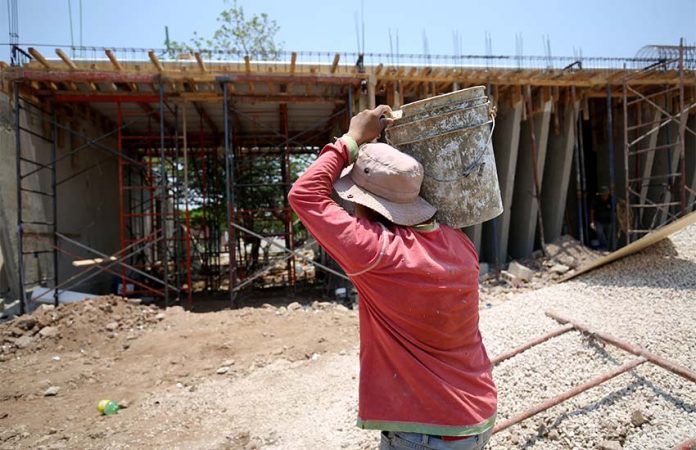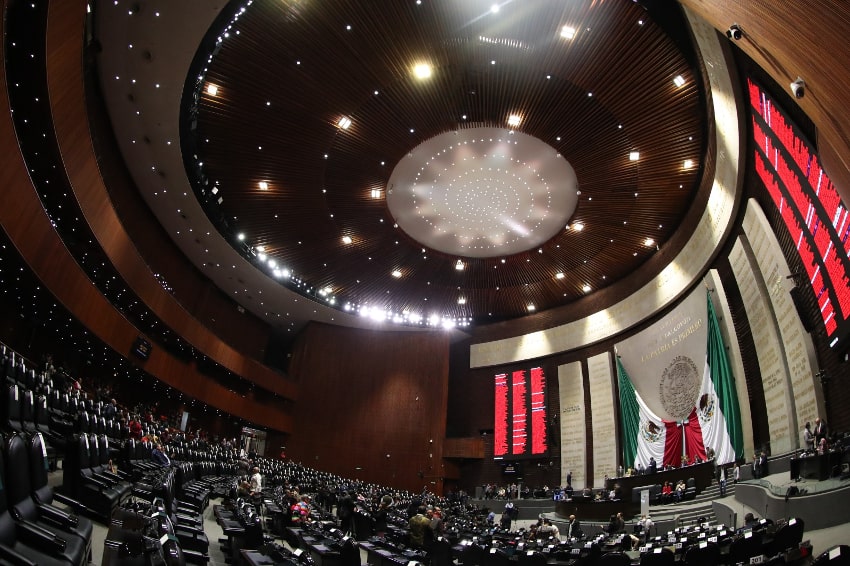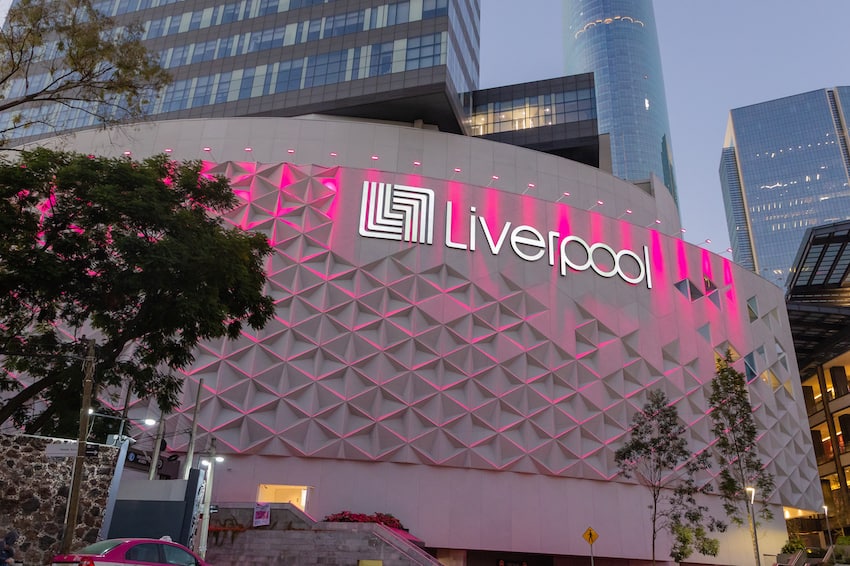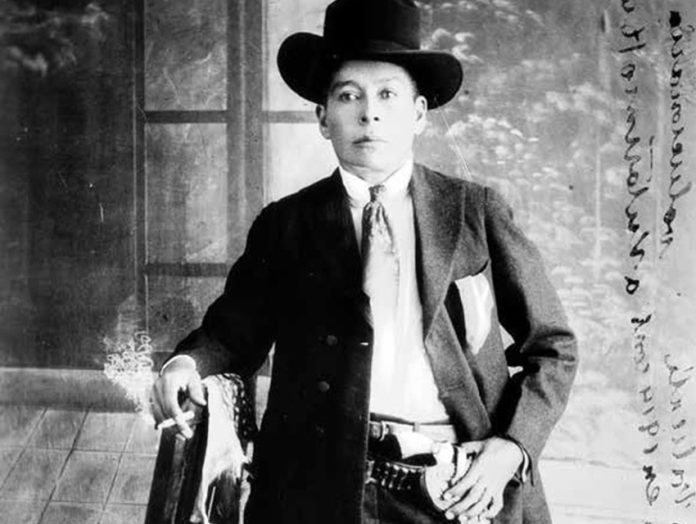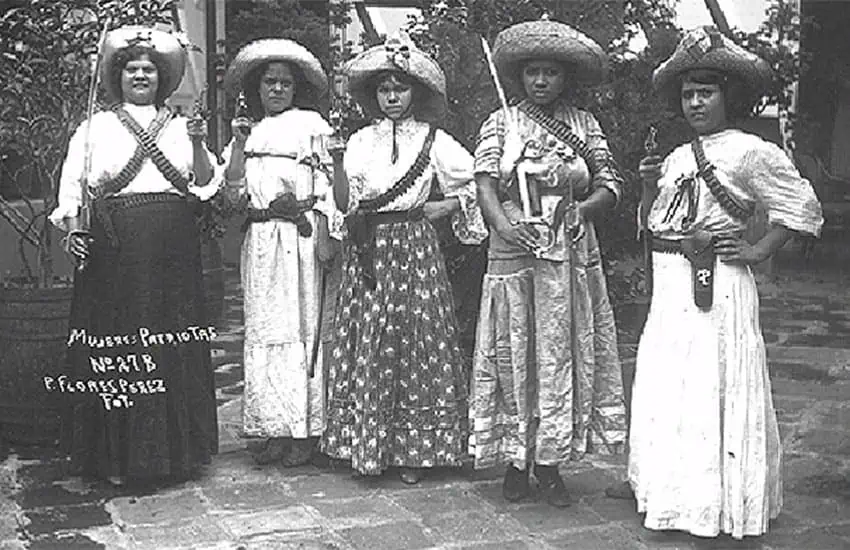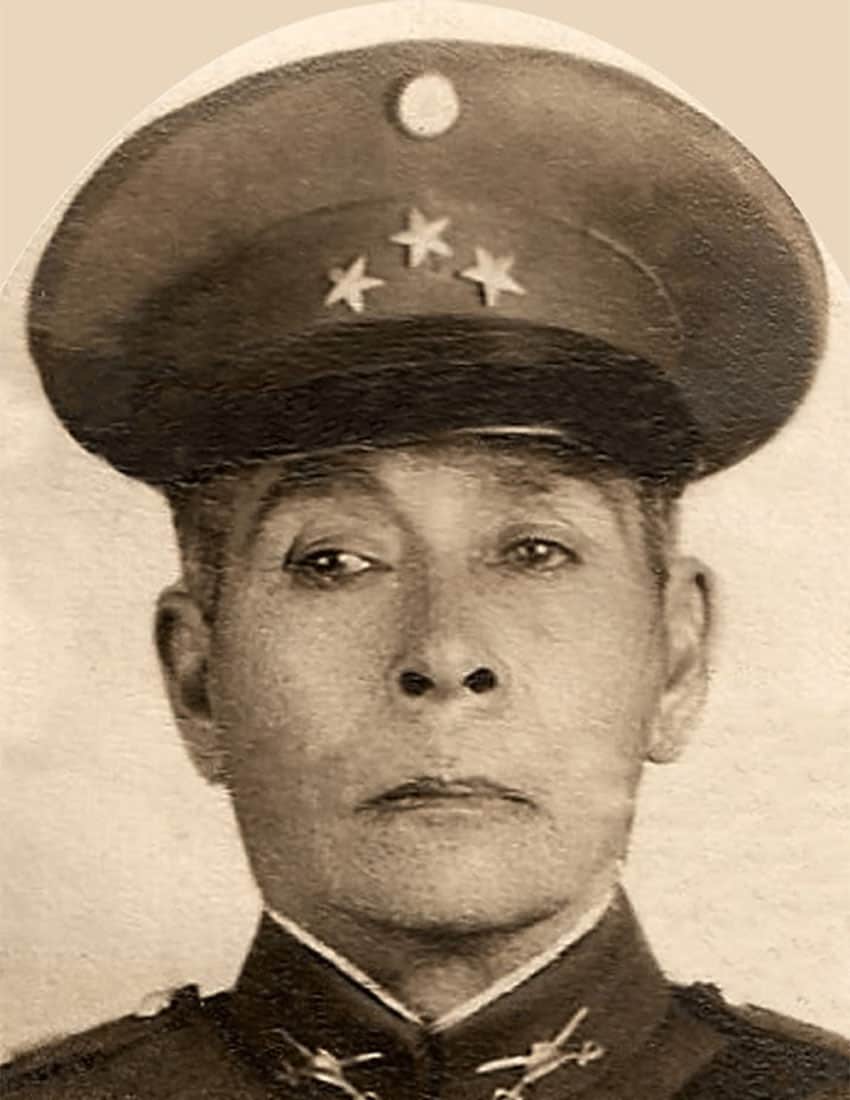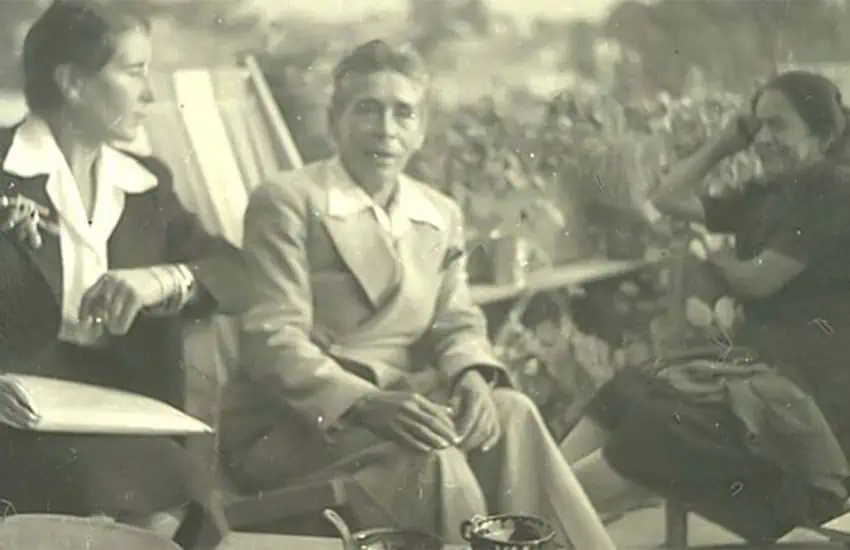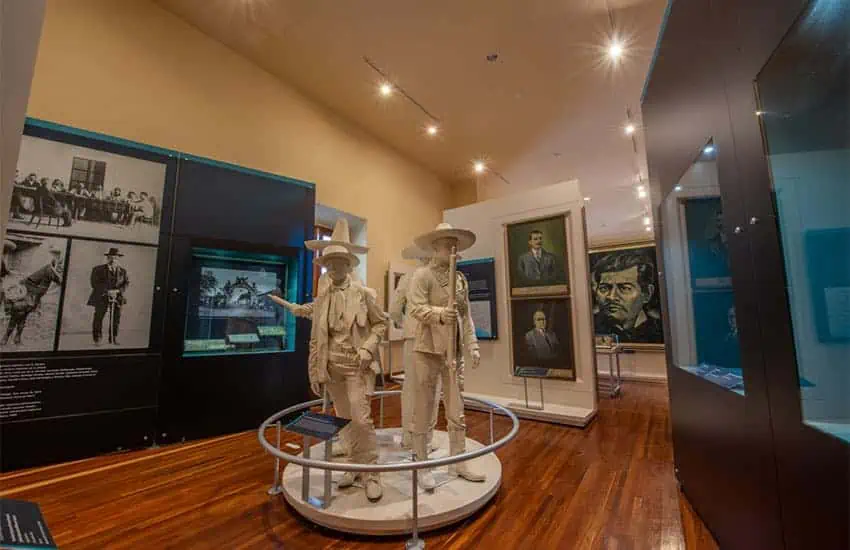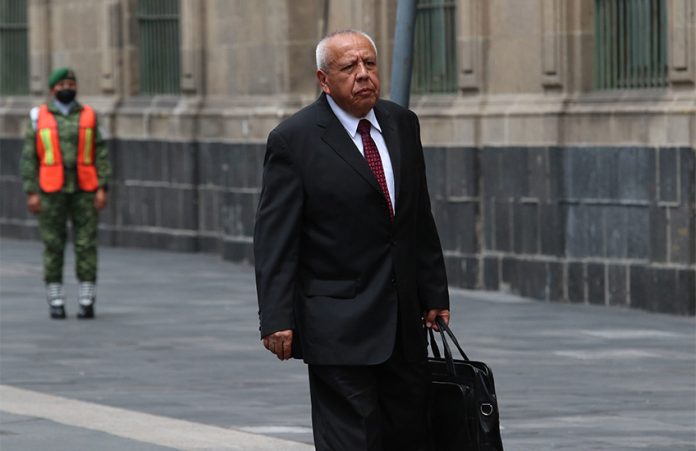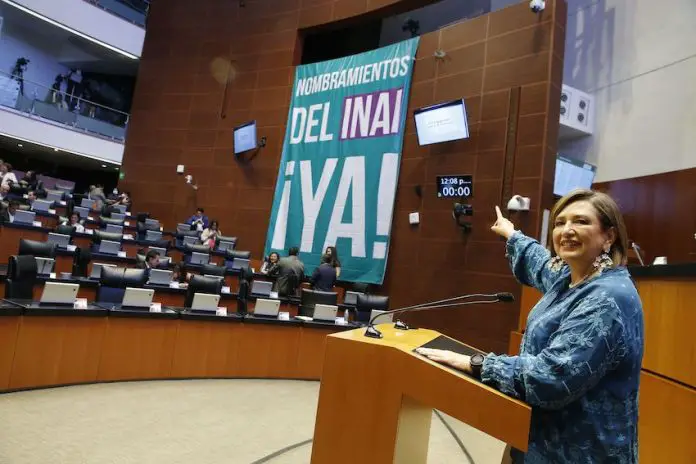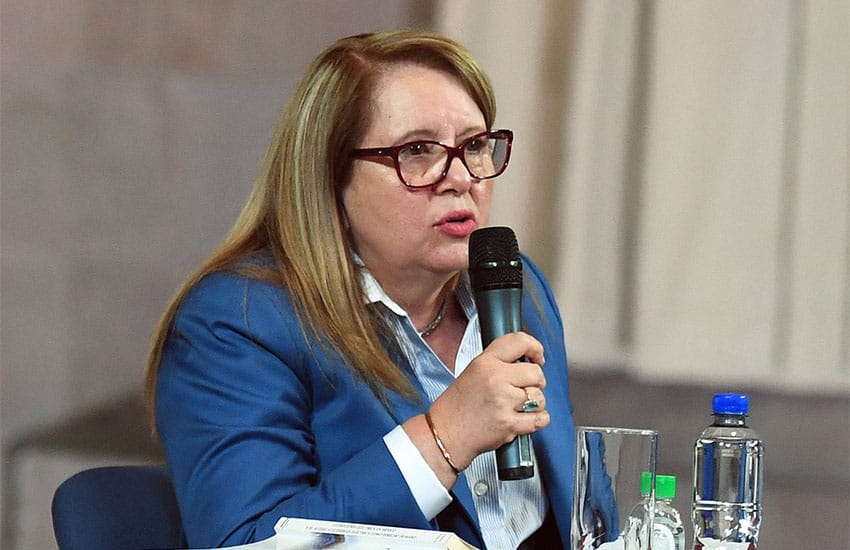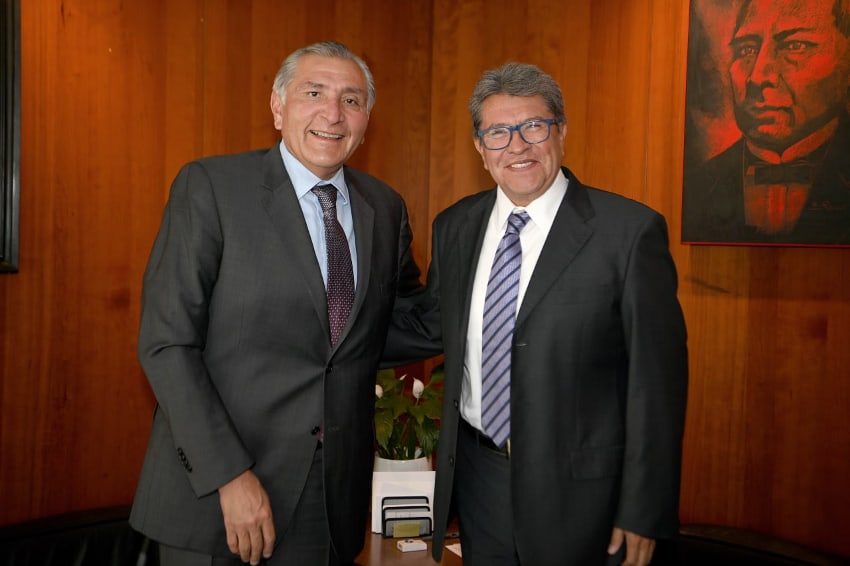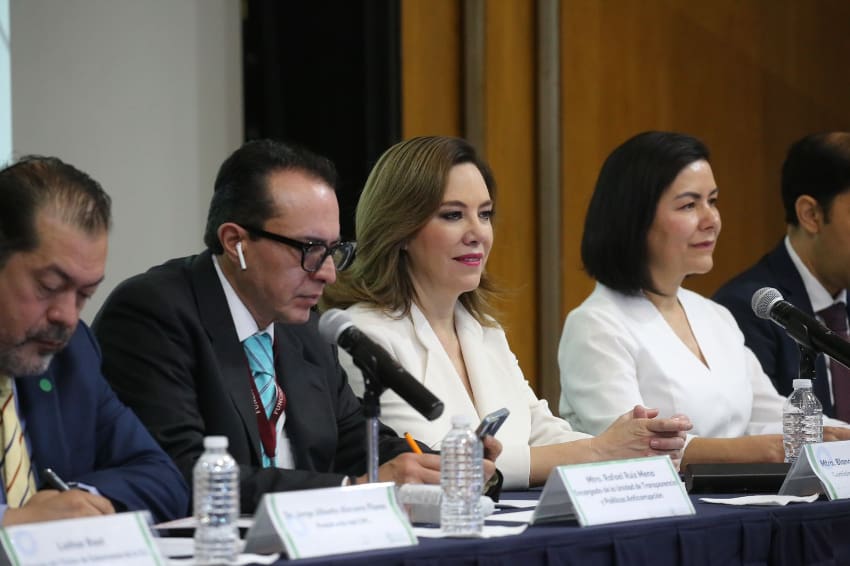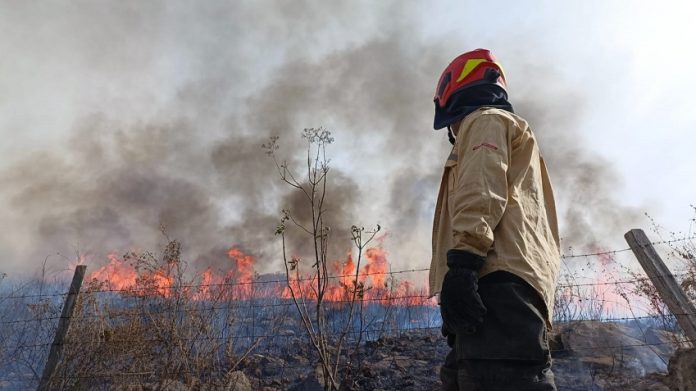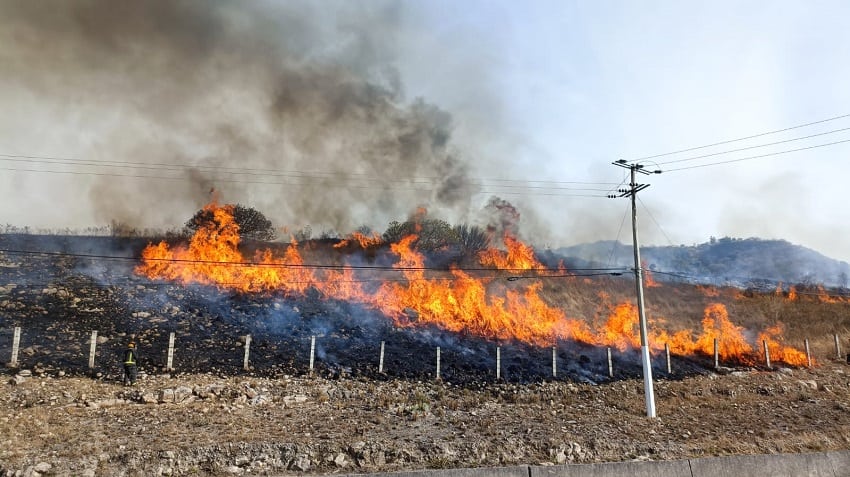Three days after announcing he had tested positive for COVID-19 for the third time, and as rumors about his health continued to swirl, President López Obrador declared in a video message on Wednesday that he was fine but acknowledged that he briefly fainted last Sunday.
“As president of Mexico I have the responsibility to inform you about my health,” he said in an 18-minute video filmed at the National Palace, the seat of executive power and the president’s residence.
“… As there has been speculation, it’s important to tell you that I’m fine. I have COVID,” López Obrador said in his message, which he directed to both his “friends and adversaries.”
The 69-year-old president, who suffered a heart attack a decade ago and has a range of medical problems, said his blood pressure suddenly dropped while he was at a meeting in Mérida on Sunday at which he was discussing the Maya Train railroad project with military engineers and other officials.
“It was like I fell asleep, it was a kind of giddiness, to speak colloquially,” he said.
López Obrador claimed he didn’t lose consciousness, but said immediately afterward that he had a “temporary blackout” due to the sudden drop in his blood pressure.
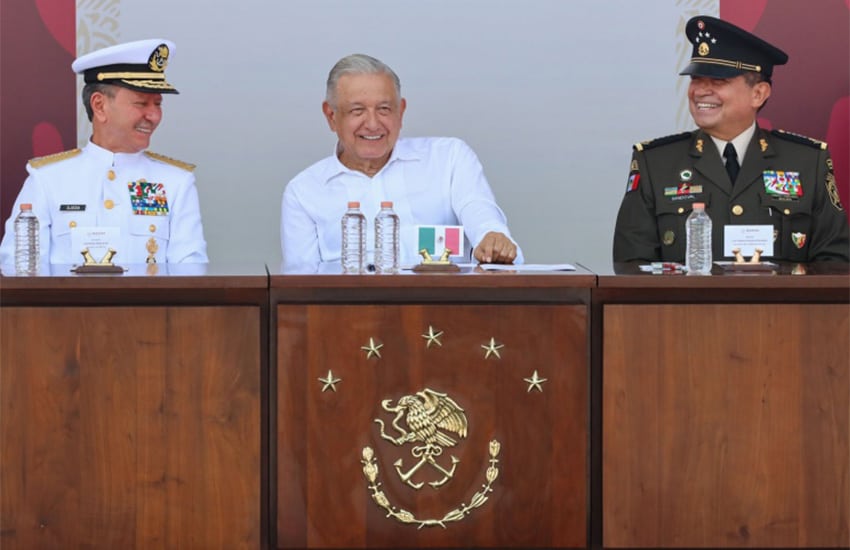
He said that doctors wanted to put him on a stretcher and take him to hospital in an ambulance. But López Obrador said he told them he wasn’t going anywhere and directed them to treat him on the spot.
He said doctors gave him a liter of rehydration fluids, and his blood pressure normalized.
“Nothing else was needed. There was no impact on my heart or brain. … I decided to come to Mexico City, they transferred me in an air ambulance, but not in a stretcher, I was conscious,” López Obrador said.
He noted that even though he posted to social media about his health — saying that his illness wasn’t serious and his heart was “100%” fine — there has been significant speculation about his condition, including claims on social media that he suffered a heart attack or stroke in the Yucatán capital.
“My adversaries have a lot of imagination,” López Obrador said, observing that “a lot of things have been said,” including that “I had a stroke” and that cardiologists and other specialist doctors were treating him at the National Palace.
“That’s not the case. Fortunately, I’m very well; I’m working, I already wrote two drafts … of two speeches,” he said, referring to addresses he will give on International Workers Day on May 1 and on May 5 to mark the 161st anniversary of the Battle of Puebla
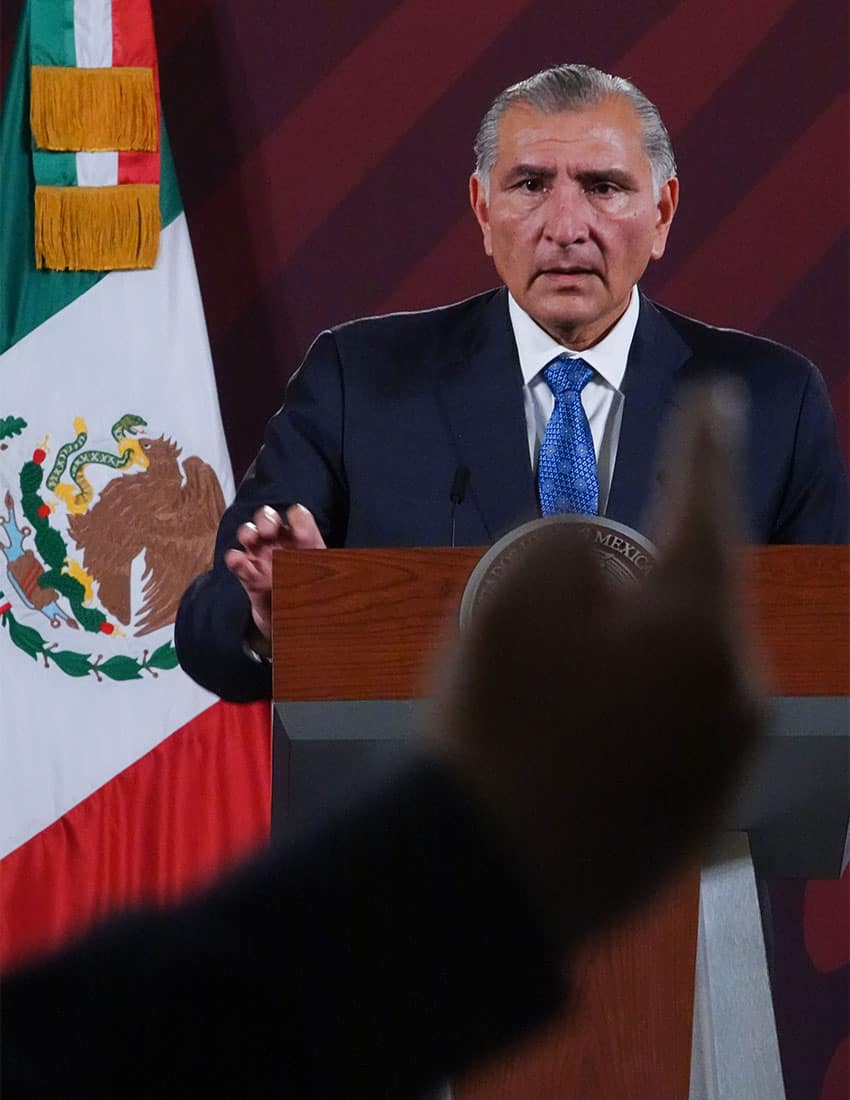
An article published in the Mérida-based newspaper Diario de Yucatán last Sunday said that López Obrador fainted due to an apparent heart attack and was transferred to a military hospital in Mexico City after taking an emergency flight to the capital on a Mexican Air Force jet.
Interior Minister Adán Augusto López Hernández rejected the report on Monday.
“There was no emergency transfer [from Mérida to Mexico City], there was no fainting episode,” he said.
The interior minister said Wednesday it was likely the president would resume his normal activities before the end of the working week.
López Hernández, who is aiming to become the ruling Morena party’s candidate at the 2024 presidential election, stood in for López Obrador at the government’s morning press conferences, or mañaneras, between Monday and Thursday.
It remains to be seen whether AMLO will return for the last presser of the week on Friday.
Mexico News Daily
